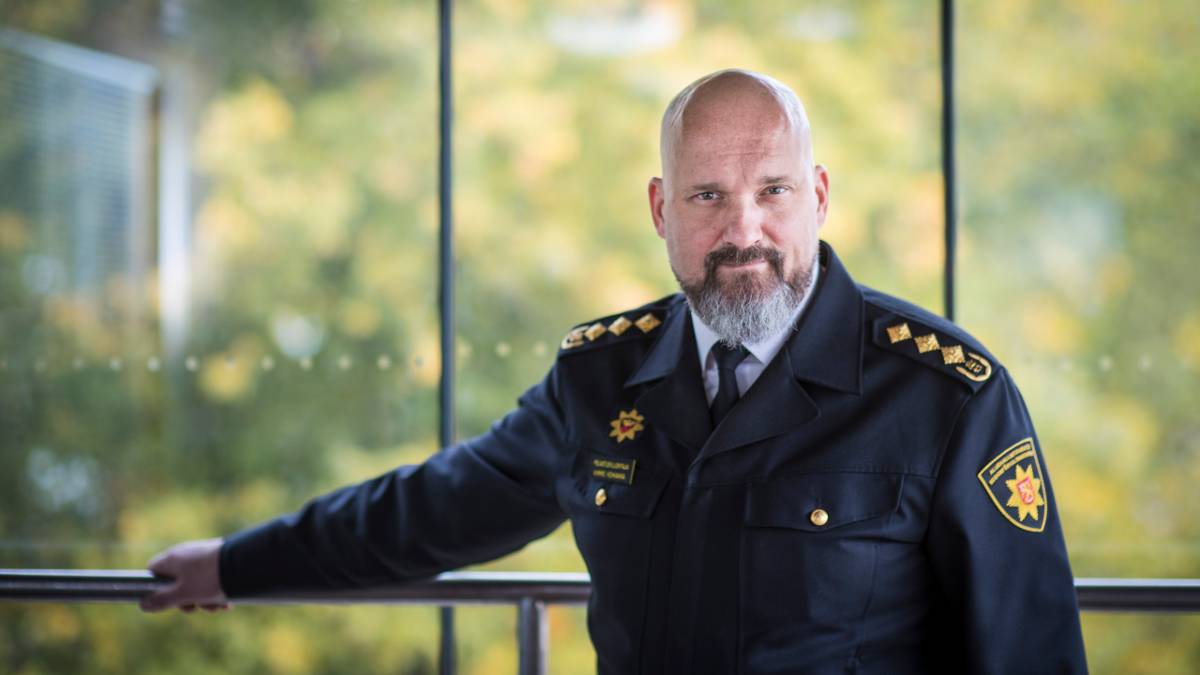
European preparedness requires stronger cooperation among Member States

The European Commission published the Preparedness Union Strategy on Wednesday 26 March, outlining actions to strengthen the security of the European Union over the next five years. The strategy aims to build a more resilient and secure Europe where citizens are protected. We must be able to prepare for all kinds emerging threats, ranging from extreme weather events to hybrid threats. We cannot ignore the most serious scenarios either, and Europe must also prepare for the possibility of war.
The strategy identifies several key areas for development in the field of civil preparedness and rescue services and proposes new initiatives to ensure the safety of the population. Shared situational awareness and understanding of the threats facing us will be bolstered through cross-sectoral EU-level risk and threat assessments. The EU’s early warning systems and key crisis response mechanisms, such as the EU Civil Protection Mechanism, will be improved and the Emergency Response Coordination Centre (ERCC) will be strengthened. EU-level capabilities will be developed while also ensuring the continuity of existing capacities. This will carry significance for the rescEU emergency stockpiles in Finland.
The strategy stresses the importance of population preparedness. Its actions are designed to raise awareness of risks and threats, encourage individual preparedness and improve resilience. One concrete action is the guideline for Member States to reach self-sufficiency of at least 72 hours: each EU citizen should be able to see to their basic needs themselves for three days when a crisis hits. Here, too, Finland is a step ahead of many other countries.
Ukraine’s experiences have shown us the harsh truth of the importance of a resilient and strong civil society even when facing an armed attack. The strategy proposes measures to enhance civil-military cooperation to clarify the crisis response roles and responsibilities of different operators. It is essential to promote cooperation at all levels to ensure that we are able to protect our population in all situations. In Ukraine, rescue services have not only performed their basic peacetime duties but also put out fires ignited by armed attacks and rescued people from collapsed buildings. Civil defence and material preparedness are the building blocks of such efforts.
Cooperation, coordination and resources are needed for better preparedness
Finland is a model for European preparedness, and we have the chance to lead its development. A Europe-wide paradigm shift and concrete action are needed to implement the strategy.
We have called for the EU to broaden the shared understanding of different kinds of threats, and the strategy acknowledges this clearly. Cooperation is the most effective way to respond to far-reaching changes in the European security environment.
The Preparedness Union Strategy is now out, and the real work begins. We must cooperate, coordinate and ensure sufficient resources to make it happen. The strategy gives us the fitting blueprint and building blocks to develop EU-wide crisis preparedness. Now, it is important that we use them to create concrete content and action and erect cooperation structures that promote preparedness across Europe. A better-prepared Europe strengthens our own security, too.
Now is the time to act.
Kimmo Kohvakka
Director General for Rescue Services
The latest
 Press release
Press release
 Press release
Press release
 Press release
Press release
 Press release
Press release
 Press release
Press release


